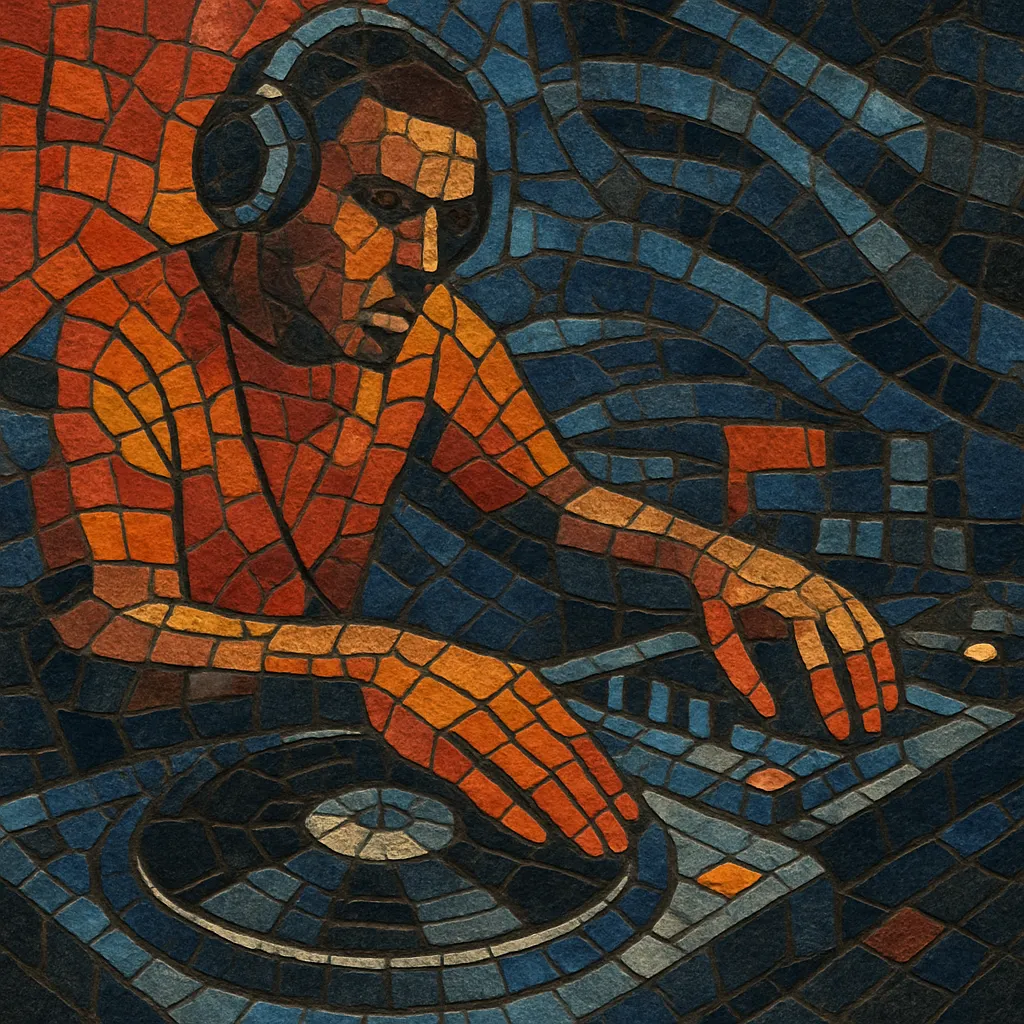
Speed garage is a fast, bass-heavy strain of UK garage that emerged in the late 1990s. It is defined by a driving 4/4 kick, a distinctly swung/shuffled groove, and massive sub‑bass lines that borrow weight, timbre, and attitude from jungle and drum and bass.
Typical tracks sit around 132–138 BPM, feature chopped and timestretched R&B or diva vocal snippets, organ house stabs, filter sweeps, and rude‑boy/dancehall samples. Compared with other UK garage styles, speed garage is tougher and more direct: straight four-on-the-floor drums, aggressive bass riffs, and sound system energy designed for big club rigs and rewind culture.
Speed garage took shape in the United Kingdom during the mid–late 1990s as UK DJs and producers fused US garage/house with the bass pressure and sound system aesthetics of jungle and drum and bass. London club and pirate‑radio culture provided the crucible: DJs pitched up U.S. garage dubs, blended them with ragga/jungle basslines, and emphasized a harder swing, birthing a faster, weightier garage sound.
By 1997, speed garage was breaking the UK charts and filling clubs such as Twice As Nice and Pure Silk. Landmark tracks included Double 99’s “RipGroove,” 187 Lockdown’s “Gunman,” Gant’s “All Night Long,” and Armand Van Helden’s dark, slamming remixes (e.g., Sneaker Pimps – “Spin Spin Sugar” and CJ Bolland – “Sugar Is Sweeter”). These records codified the style’s trademarks: chunky 4/4 drums with heavy swing, seismic sub‑bass riffs, chopped diva vocals, organ stabs, and filter sweeps.
Around 1998–2000, the broader UK garage movement diversified. While 2‑step rose with more syncopated drum patterns, speed garage’s bass-first ethos and MC‑led party energy heavily influenced later styles. Its DNA is audible in bassline (a direct descendant), the darker edge of early dubstep, elements of grime’s club foundations, and modern bass house. Today, speed garage endures as both a classic UKG flavor and a recurrent reference point in contemporary club music revivals.

